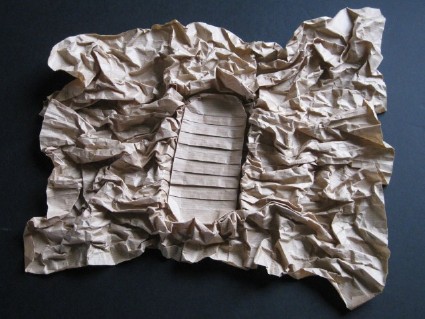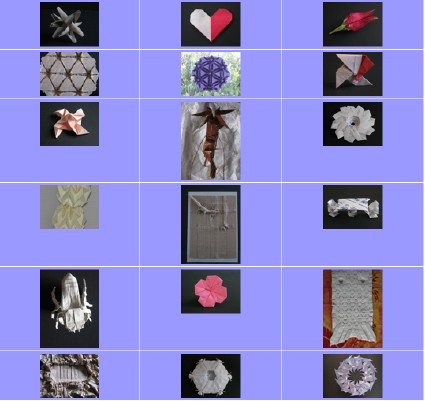
 | Welcome on MOOC-invitation |
|
| New! | An invitation to practice origami | map | Discovery of the world of folding paper The tools of the folder |
| Back MOOC1 | Journey 2 | Sequence 2 | <--- page 4 | page 5 | page 6---> |
 |
Geometric constructions |
| The big game is not to use a ruler and compass to make some geometric constructions. The distinction is generally made on the simplicity of the process, the number of folds to be made and the absence of traces of construction folds. Many recipes exist in three areas: - division into equal parts. If divide into 2 or powers of 2 a straight segment, a sheet, ... is done without difficulty, splitting processes in 3.5 7 or any other quantity exist. The production of grids with edges parallel to the axes of the sheet is a good example of these processes. - the production of grids with edges parallel to the axes - the production of folds crossing at given angles. The most common are 90 °, 45 °, 30 ° and 60 ° angles. A highly explored folding style mainly uses 22.5 ° angles - the creation of regular polygons, such as pentagons, hexagons, heptagons or octagons drawn from squares or rectangles. Here again, the recipes abound, based on the type of preparation folds and the largest possible size of the result. Some examples of these constructions can be found in the support book. These methods, very ingenious, are a good exercise of folding for beginners or beginners. They are simple, require precision, but are the basis of very simple variations such as the folding of the iris. |